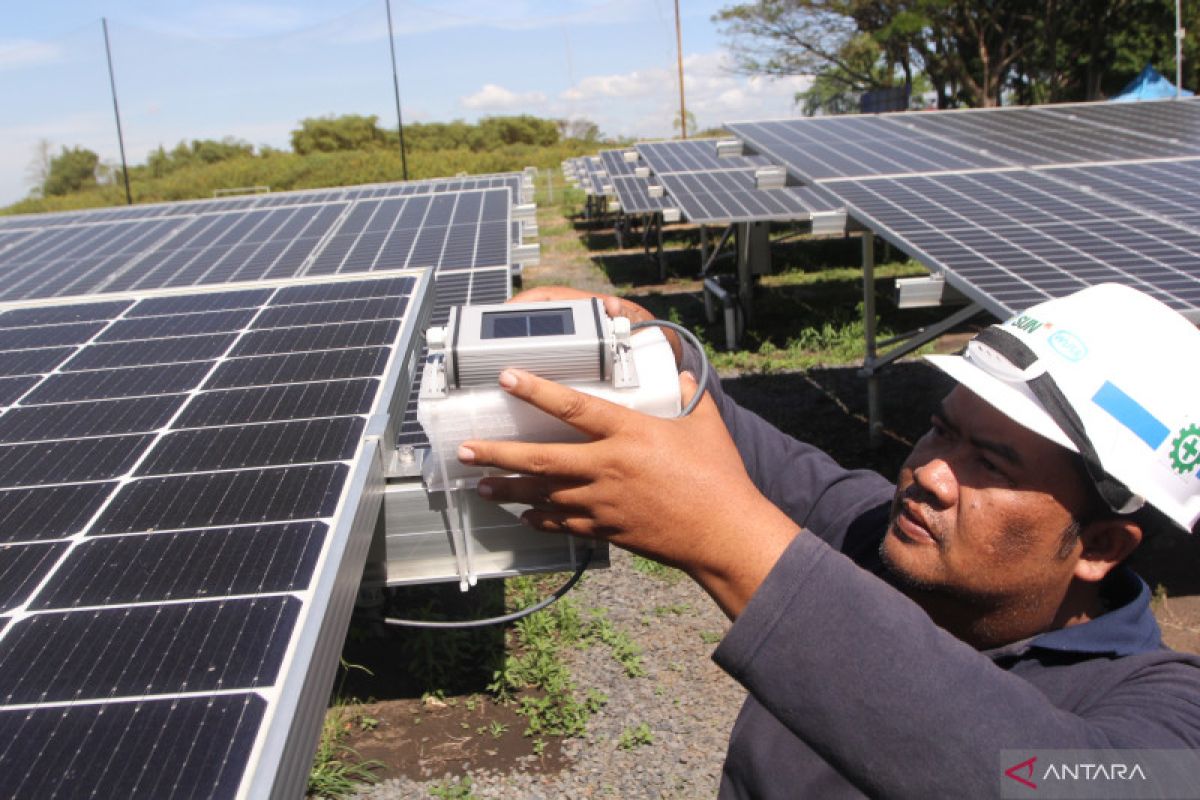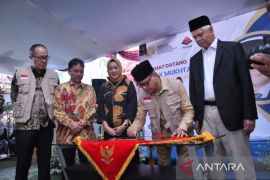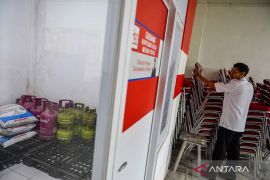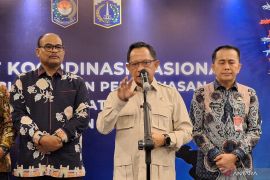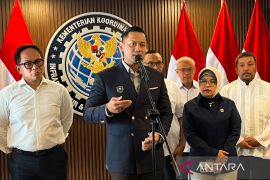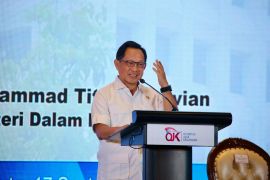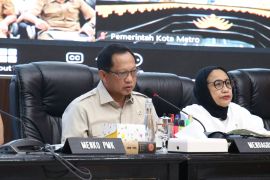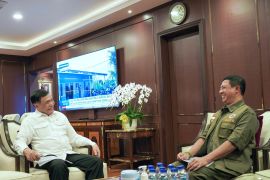"Governments should unleash the power of solar and wind, as is happening already in China, India, and across much of the world. As fossil fuel prices soar through the roof, solar and wind prices remain low, providing affordable, homegrown energy,” Achmed Edianto said, according to a press release received from global energy think tank Ember by ANTARA here on Friday.
According to a new report published on Friday by the global energy think tank, faster growth in clean electricity is urgently needed in the ASEAN region.
To keep up with increasing demand and prevent power sector CO2 emissions from rising further, ASEAN members need to ramp up solar and wind power utilization.
The report states that among the 10 ASEAN member states, five countries—Indonesia, Malaysia, the Philippines, Thailand, and Viet Nam, or the ‘ASEAN 5’—account for 89 percent of the region's total electricity generation.
This makes their contribution crucial to achieving the clean energy transition in the region, although contributions from the remaining ASEAN members will be equally important for achieving the climate goals.
However, the latest energy plans released by the ASEAN 5 would only see the share of solar and wind power rising to 11 percent of the region’s total electricity supply by 2030.
By 2030, Viet Nam is expected to generate 18 percent solar and wind power in total, the Philippines 16.5 percent, Thailand 9.6 percent, Malaysia 3.4 percent, and Indonesia 2 percent.
The figure does not align with the IEA net-zero pathway. Recent trends show that if the development of clean energy fails to keep up with the rising demand, fossil fuels will take over, the report said.
Indonesia plans to add 4.68 GW solar and 0.6 GW wind capacity by 2030, according to PLN’s Electricity Business Plan (RUPTL) 2021–2030, which is touted as the “greenest” RUPTL.
The share of solar and wind power generation in 2030 would be the lowest among the five ASEAN countries. Meanwhile, Indonesia’s power demand growth projection is among the highest at 4.9 percent annually. At this pace, only 5 percent of the increase in demand will be met through solar and wind power.
According to the report, solar and wind power generation needs to grow rapidly in ASEAN nations, especially considering that it is currently the most economical and quickest way to replace coal.
Meanwhile, Indonesia has the ability to contribute to emissions reduction in the region and the opportunity to lead ASEAN nations in the transition to clean energy by maximizing its solar and wind potential.
Hence, the analyst encouraged ASEAN member countries to increase their clean energy targets.
"Solar and wind are progressing across Southeast Asia, but more aggressive targets and timely execution are needed to utilize the vast potential. Governments need to redress 2030 energy plans,” he said.
Solar and wind power will be the backbone of the world’s future electricity system, but the current electricity plans of ASEAN countries do not reflect this, he added.
The IEA’s Net Zero report projects that 40 percent of the global electricity supply would come from solar and wind power by 2030. Hence, more ambitious solar and wind deployment plans in ASEAN are needed to align with the 1.5 degrees Paris agreement limit, he said.
Related news: Govt encourages solar power plant utilization to achieve EBT target
Related news: Pertamina completes solar power plant project at Dumai refinery
Reporter: Katriana
Editor: Rahmad Nasution
Copyright © ANTARA 2022
